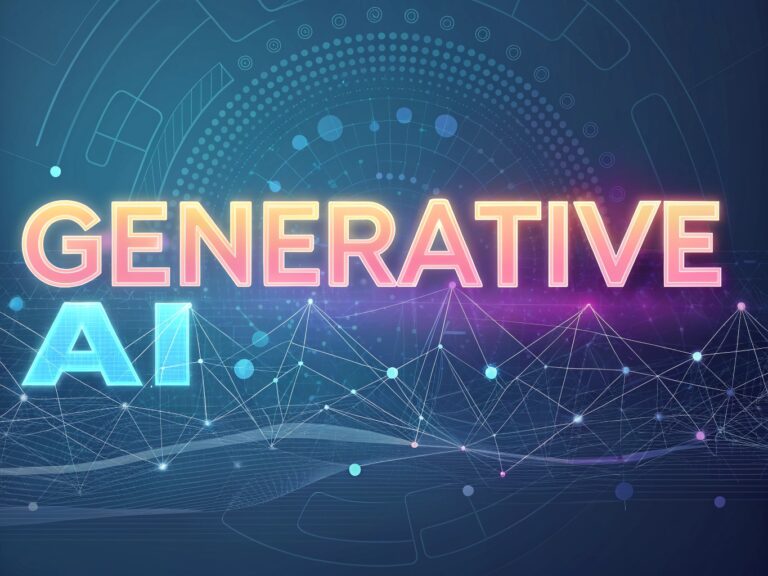The artificial intelligence technology is experiencing a rapid and strong transformation as systems evolve from simple conversational interfaces to sophisticated autonomous workers capable of completing complex tasks independently.
The Shift from Conversation to Action
For years, AI primarily functioned as a responsive tool—answering questions and generating content when prompted. This era of AI assistants was defined by their ability to chat but lacked the capability to take meaningful action. Users would receive information but still needed to implement solutions themselves.
2025 marks a decisive turning point in this evolution. The technology has matured beyond mere conversation to become an “action engine” capable of executing complete workflows with minimal human intervention. This shift represents the most significant advancement in practical AI applications since the introduction of large language models.
Enterprise Applications Leading Innovation
The enterprise sector has emerged as the primary testing ground for autonomous AI agents, with several pioneering companies demonstrating remarkable capabilities:
Legal Domain Transformation
Harvey, a standout legal AI platform, exemplifies this evolutionary leap. Rather than simply answering legal questions, Harvey now manages entire legal workflows—from comprehensive document review to predictive case analysis. The system drafts documents, suggests revisions, and even helps automate negotiations, case management, and client communications. These tasks traditionally required teams of junior lawyers, highlighting how AI is now handling complex professional responsibilities.
Customer Service Revolution
Sierra represents another breakthrough in autonomous AI. This system doesn’t just respond to customer inquiries but actively manages the entire customer service experience. By automating support functions while simultaneously improving quality, Sierra enables companies to provide round-the-clock assistance without traditional staffing limitations.
Software Development Acceleration
Cursor, developed by startup Anysphere, has transformed the software development landscape. Moving beyond line-by-line code completion (as offered by tools like GitHub Copilot), Cursor can generate entire features and applications based on plain English requests. This capability dramatically lowers the technical barriers to software creation and accelerates development cycles.
The Physical Dimension: AI-Powered Robotics
The integration of transformer-based models with hardware systems represents another frontier in autonomous AI. While widespread robotic deployment remains limited, significant progress has occurred in this sector:
Nvidia CEO Jensen Huang has highlighted the enormous potential of “physical AI for industrial and robotics,” describing it as a “$50 trillion opportunity.” Companies like Figure AI are turning this potential into reality, recently announcing their BotQ manufacturing facility capable of producing 12,000 humanoid robots annually. Figure AI has also developed Helix, a generalist Vision-Language-Action model that allows robots to interpret visual information, understand language, and take appropriate physical actions.
Taking a different approach, Skild AI is developing a universal robotics foundation model called Skild Brain. Rather than building robots themselves, they aim to create a versatile AI system that can be integrated into various robotic platforms. This strategy positions them as a potential service provider for the broader robotics industry.
Consumer Applications on the Horizon
While enterprise applications currently lead autonomous AI development, consumer-facing tools are poised for breakthrough in 2026. Hundreds of millions of people have interacted with advanced conversational AI like ChatGPT, Claude, and Grok, but truly mainstream applications where AI completes everyday tasks independently remain limited.
This is rapidly changing as consumers recognize the time and cost benefits of AI in professional settings. Anthropic’s launch of Claude Code, which makes software development accessible to non-programmers, signals the beginning of this transition. The next wave of consumer AI will likely include agents capable of managing personal schedules, arranging travel, organizing digital files, and handling other routine tasks from start to finish.
The Autonomous Future
The autonomous agent revolution represents a fundamental shift in our relationship with technology. AI systems are evolving from tools we must direct to collaborators that understand our goals and work independently to achieve them.
As we look ahead to 2026 and beyond, we can expect the enterprise applications pioneered in 2025 to proliferate across industries and into consumer applications. While challenges related to accuracy, security, and ethical implementation remain, the trajectory is clear: AI is rapidly transitioning from systems that communicate to systems that accomplish.
If you are interested in this topic, we suggest you check our articles:
- What Are the New OpenAI Tools Launched to Help AI Agent Development?
- Agentic AI: Everything You Need to Know
- CustomGPT.ai: Genius Tool for Creating Custom AI Agents
Source: Forbes
Written by Alius Noreika

